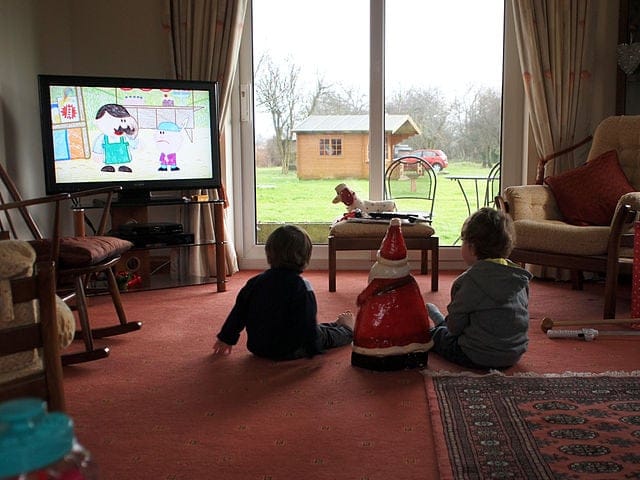According to findings by Roku and TVision, over-the-top streaming services (OTT) beat out linear TV in co-viewing percentage and in attention paid to ads.
Roku serves as a hub for many prominent OTT streaming services, and is helping shape the massive shift to cord-cutting in home entertainment. TVision is a TV marketing technology firm ideally suited for these studies.
Let’s do a more detailed breakdown of the major findings from Tuesday’s report.
CHECK OUT: Hulu + Live TV’s 3 million subscribers further dooms pay TV
Streaming as a shared experience
Co-viewing is more frequent on OTT than linear TV, per Roku and TVision. It’s 20% more common, in fact.
The study attributes this to the phenomenon of intentional viewing. That is, since viewers are adhering to their own personal schedules, they’re more invested.
Plus, there’s the freedom of choice in what to watch, as opposed to linear TV’s prescribed times and programs. All this makes a lot of sense.
According to data from last year, significant others and children were far and away the most frequent co-viewing partners. If someone is watching with their significant other or child, chances are schedules aren’t always going to align to catch something on TV, especially a shorter, 30-minute program, for example.
This Roku-TVision study also shows co-viewing is most prominent on OTT and linear TV on late nights and weekends. That’s when schedules are less defined, but it’s still of note that OTT wins out in co-viewing overall.
CHECK OUT: Streaming Wars: Cable ratings prove pay TV is DOA in 2020
OTT ads: quality (of attention) over quantity
And that leads into this other major finding: on OTT, attention to commercials is 36% higher than linear TV.
Additionally, viewers are less likely to leave the room since the ads are fewer and farther between. Linear TV tends to have longer commercial breaks, which only distracts from the primary viewing experience.
It’s because of all these factors that Roku and TVision find OTT to have almost 50% higher attention scores than its linear TV counterparts.
What a difference that is. Never mind the favorable price point differences between live TV streaming services and pay TV. OTT is just a more focused, personalized and superior home entertainment offering overall.
In light of how true this data rings, don’t expect the Streaming Wars to slow up anytime soon as major services compete for the audience’s quality attention.
